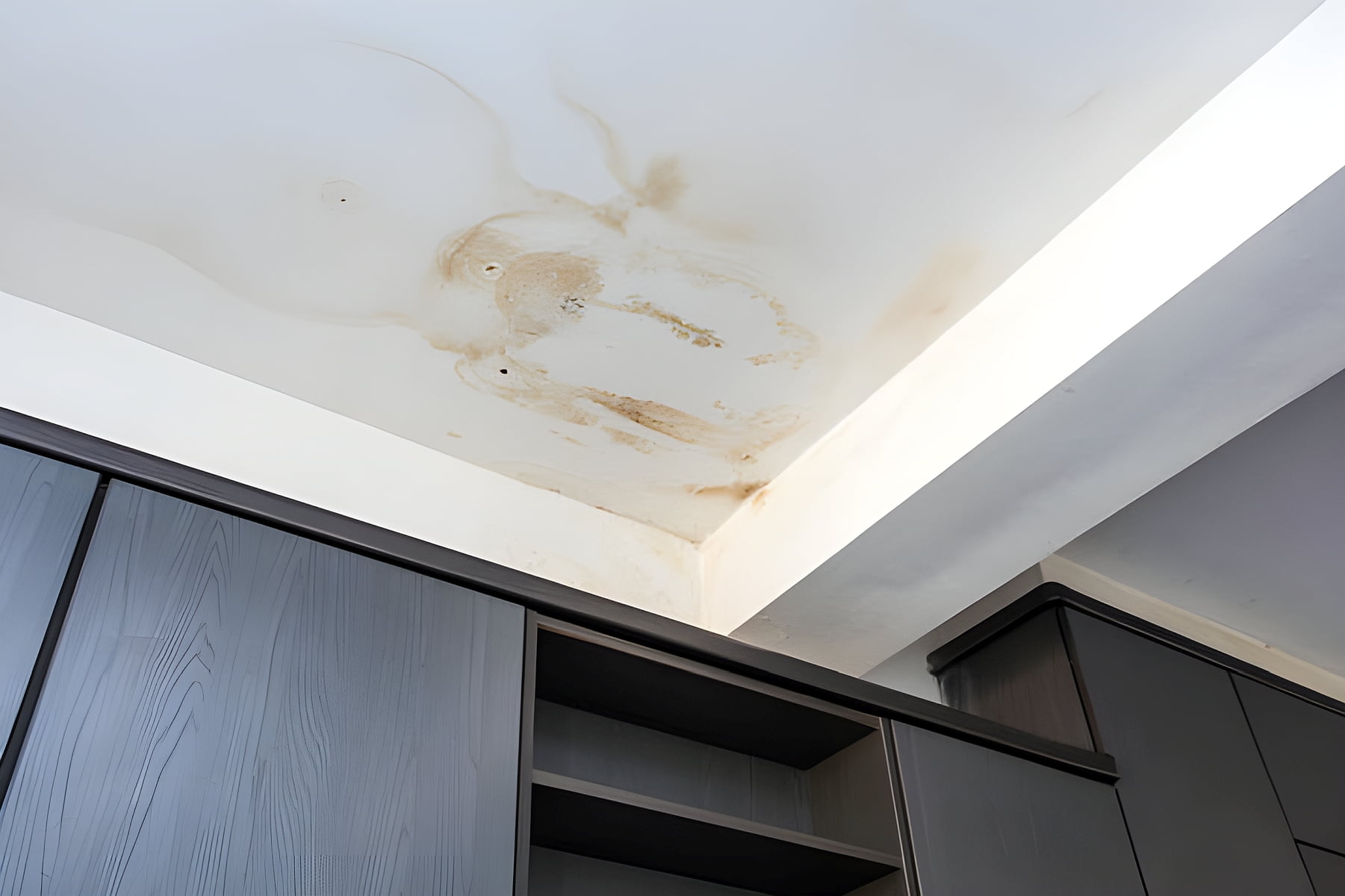Last Updated on: 25th December 2022, 09:10 pm
Last Updated on by Viliam
While skillion roofs can be attractive and can even provide extra living space, they are prone to condensation due to their low pitch. It is imperative to take steps to prevent condensation from forming on your skillion roof.
Condensation on Low Pitch Skillion Roofs – Causes and Effects
Low slope skillion roofing is prone to condensation, as the low sloper restricts air volume and air movement within the space. This can cause a buildup of moisture which can lead to mould growth, wate damage, and rot. Condensation is caused by warm, moist air coming into contact with cold surfaces, such as the underside of the roof or walls. This creates a temperature difference between the two surfaces, resulting in condensation. Particularly probelmatic are areas with high humidity or inadequate ventilation. The effects of condnsation can be far-reaching, damaging not only the roofing material but also any insulatoin and structural components within. The growth of mould and mildew can also lead to a decrease in air quality, potentially causing healthp problems. It is therefore essential to take measures to prevent condensation in low pitch skillion roofs.
How to Identify Low Pitch Skillion Roof Condensation
Identifying condensation on a low-pitched roof can be a challenge. The most common signs of condensation are wet patches on the ceiling, walls, or flooring, as well as mould and mildew growth. Condensation can also be detected by a musty smell, which may indicate the presence of mould or mildew. I tis important to investigate any areas of the house where condensation is suspected, as it can cause structural damage and harbour dangerous bacteria. To identify the source of condensation, the homeowner should first check for plumbing leaks or poor seals around windows and doors. If thes have been ruled out, the homeowner should then inspect their roof for signs of condensation.
Insulating a Low Sloped Skillion Roof for Maximum Efficiency
Insulating a low pitch skillion roof is the best way to ensure maximum efficiency and reduce the risk of condensation and mold growth. Proper insulation helps to maintain a higher level of comfort within the building, while atthe same time preventing heat loss. Insulation can be applied on both the external and internal walls of a skillion roof, but it is particularly important on the underside of the roof as it helps to keep the roof surface warm. It is also important to use quality insulation materials, as this will ensure that the roof performs optimally. Additionaly, installing reflective or radiant barrier insulation can help to reduce the amount of heat entering the building during summer months. This type of insulation is particularly effective in preventing condensation, as it acts as a shield against heat transfer.
Ventilation Strategies for Low Pitch Skillion Roofs
Ventilation is also essential to controlling condensation in low pitch scillion roofs. To achieve proper ventilation, an intake at the lower edge and outlet at the upper edge of the roof is recommended. Cross venting systems can be used to supplement the intake and outlet points in pitches of 30° or less. Additionally, permeable membranes are not recommended for roof pitches below 10° as they will not facilitate above membrane drainage at low pitches. It is also important to remember that a small roof space can accelerate problms with moisture, so making sure that the ventilation system is properly sized is key. Finally, instaling modern underlays and additional ventilation where needed can help to prevent moisture and moul damage.
Using Radiant Barrier Insulation to Prevent Condensation
Radiant barrier insulation is a great way to prevent condensation on your low-slope roofs. This type of insulation works by reflecting heat away from the roof surface. This reduces the surface temperature and creates a less hospitble environment for mold and mildew growth. When installed properly, radiant barrier insulation can reduce the surface temperature of a lowpitch skillion roof by up to 15% and help to protect against condensation and mold growth. Additionall, radiant barrier insulation is also a great way to reduce energy costs by keeping a home cooler during the summer months.
Moisture Control Strategies for Low Slope Skillion Roofs
Low pitch skillion roofs require moisture control to prevent condensation and mould. For instance, installing a membrane system with correctly placed and sized gutters or downpipes can help to channel moisture away from the structure. On top of that, the installation of a vapour barrier on the interior of the roof can help to reduce internal humidity levels by preventng moisture from entering the roof space. Warm air must be able to escape through the ridge of the roof, so it is important to ensure that there is adequate ventilatiion in place.
